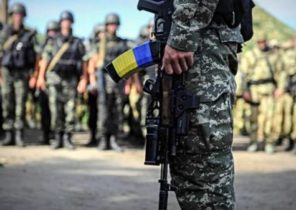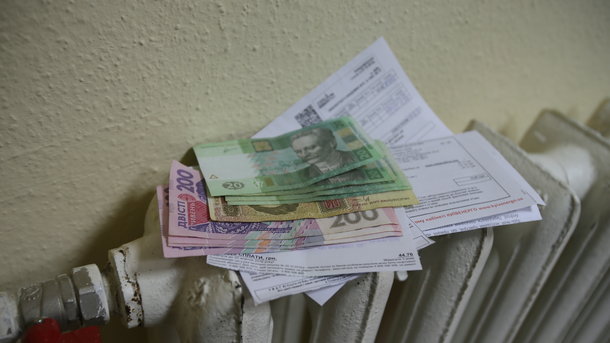
The heating season has been record-expensive for Ukrainians. For several years, Gcal of heat in Kiev rose from 375 to 1417 hryvnia. To rise in price, few people think about energy efficiency: cheap heat “erode” through Windows, doors, vents, seams, and so forth. For several years, the efficiency has not changed, 90% of high-rise buildings need to be insulated. But now the heat have to pay four times as much. This heating season was that in homes that held the thermo, spend on heating several, and sometimes dozens of times less. The website “Segodnia” found out what’s wrong with Ukrainian houses and what mistakes are made, insulating their homes and apartments.
The good news for the heat is possible to pay significantly less
Saving potential in Ukraine is enormous. Thermo house can save from 40 to 80% of the heat. For example, if a small home with low energy efficiency class a month spends 100 Gkal of heat, after extensive thermo would be that 20 Gcal, it is sufficientthat the apartment was warm.
Standard wall (50 cm brick and plaster) provides teploproduktia four times below the norm. To “hold on” to the standard is sufficient to sheathe the walls, roof and basement insulation width 120-150 mm. Insulate also have the basement and the roof, to install a separate heating unit that will regulate the supply of heat dependent on temperature in the street.

Photo: Danil Pavlov
In well insulated houses heating two-bedroom apartments can cost less than 200 hryvnia, and in a typical house is for heating the same square will have to pay about 9 times more – 1800 UAH. It tells the expert in the field of housing Tatiana Boyko, among her friends there are few people who pay for heating one square meter of just one hryvnia. “It’s good thermomodernization home. There are home condominium, who have received 4-6 hryvnia per square meter of heating. And there are people who got bills for 33 UAH per square meter, and there are those who more”, – says the expert.
In one of the “energy efficient” homes lives in Kiev and the Chairman of osmd Basil Rudnitsky, last month heating per square meter cost him 6,85 hryvnia. “We have battery slightly warm, and in the house at least 20 degrees! The house is insulated, the set counter is created by heating unit”, – says Vasyl Rudnitskiy.
On average, the heating, estimated by the Manager of DTEK ESKO Sergei Svistun family in an apartment of 50 square meters can spend from 0.9 to 1.7 Gcal of heat per month. According to the rate of “Kyivenergo”, 1 Gcal is 1416,9 hryvnia. When you consider that during the heating season the average family use 1.3 Gcal, this winter will have to pay 1841,9 hryvnia for the heat (last year – 854,3 hryvnia).
The bad news: the insulation will have to spend millions of hryvnias
Dependent on the size of the house and its condition thermo can cost from two to seven million. For example, the modernization of high-rise buildings on the street Neil in luck and awarded a cost of 2.18 million. The tenants carried out work in the loan, as a result, each year on heating, you can save 562 thousand UAH, part of the “exempt” funds sent to loan repayment, the rest is in “pockets”. If tariffs are not to rise, the modernization in this house will be repaid in five years, if the rate up again – even faster.
To find the funds to tenants will have on their own. In many cities, part of the funds in the thermo ready to give the city. For example, in Kiev there is a program 70/30. Most of the work (70%) pay from the city budget, the remaining 30% will have to pay the owners of the house.
Another source of funding – international grants. Money on insulation practically “give” the EBRD, USAID, IFC etc. it is necessary to write the application and to participate in the grant. Sometimes the city government condominiums help to collect documents for participation in the grant. This is practised, for example, in Mirgorod. However, and in grants and city programs can participate only condominiums. Therefore, the first step on the way to “rescue” your home – creating condominiums.
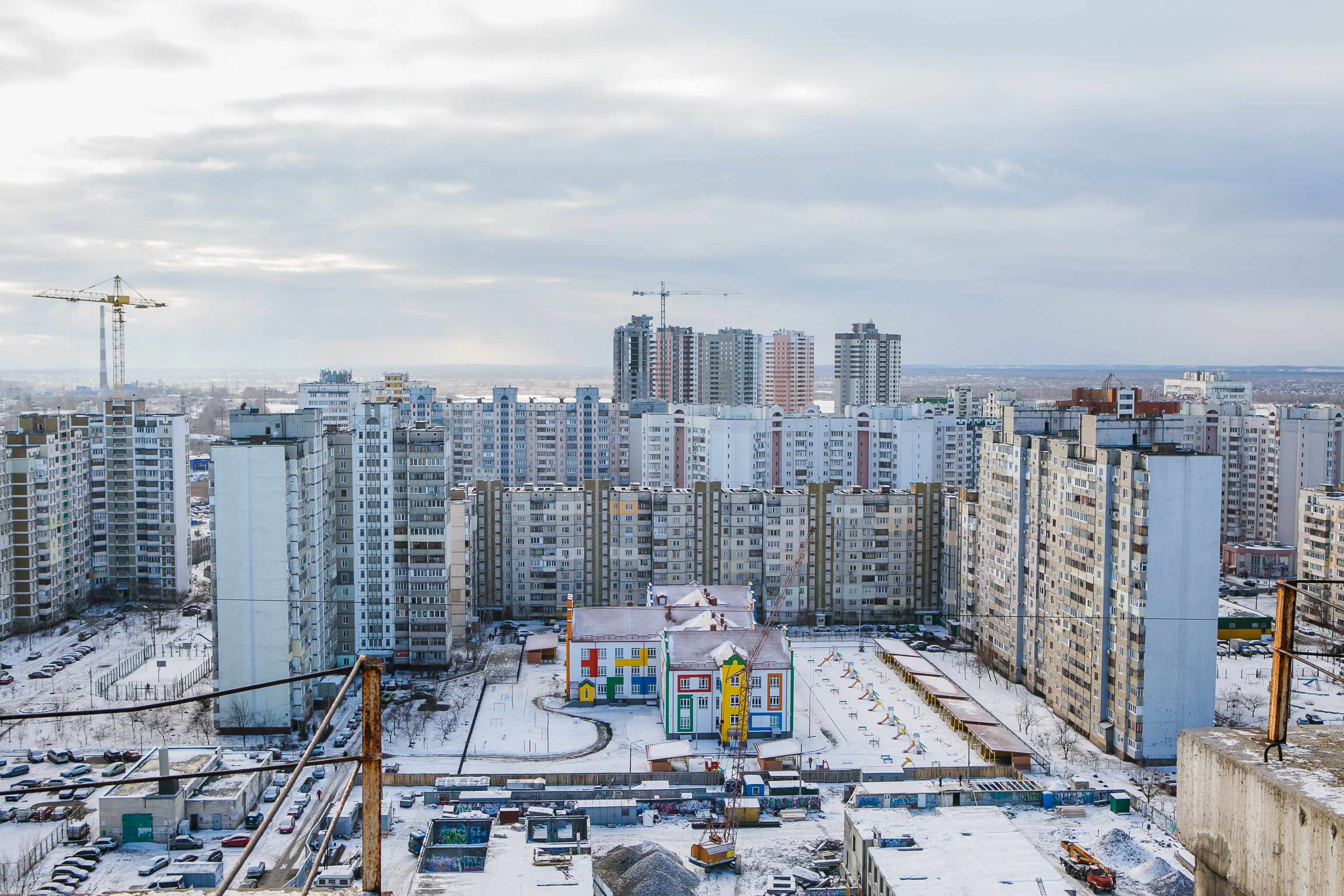
Photo: Danil Pavlov
This year will also be another source of funding, the Cabinet promises to launch the energy efficiency Fund in April. Those wishing to take the credit for carrying energy efficient measures will be able to contact the technical office of the Fund for suitable for their house standard solutions. Then to choose the Bank with which they wish to operate, decide on a company provider of services and the results of the implementation of the activities to be audited, who will witness the increase of the energy efficiency class of the house. After that, consumers will be able to receive compensation in the amount of up to 50% of the loan amount. The higher the energy efficiency class, the more the compensation.
What’s wrong: the Ukrainians themselves are destroying their homes
One of the most common errors – quilt insulation. When the insulation layer is sheathed with the outer wall of a separate apartment in the first place, the affected neighbors. Moisture accumulates in the joints – would have mold, the walls are unevenly heated and cooled – cracks appear.
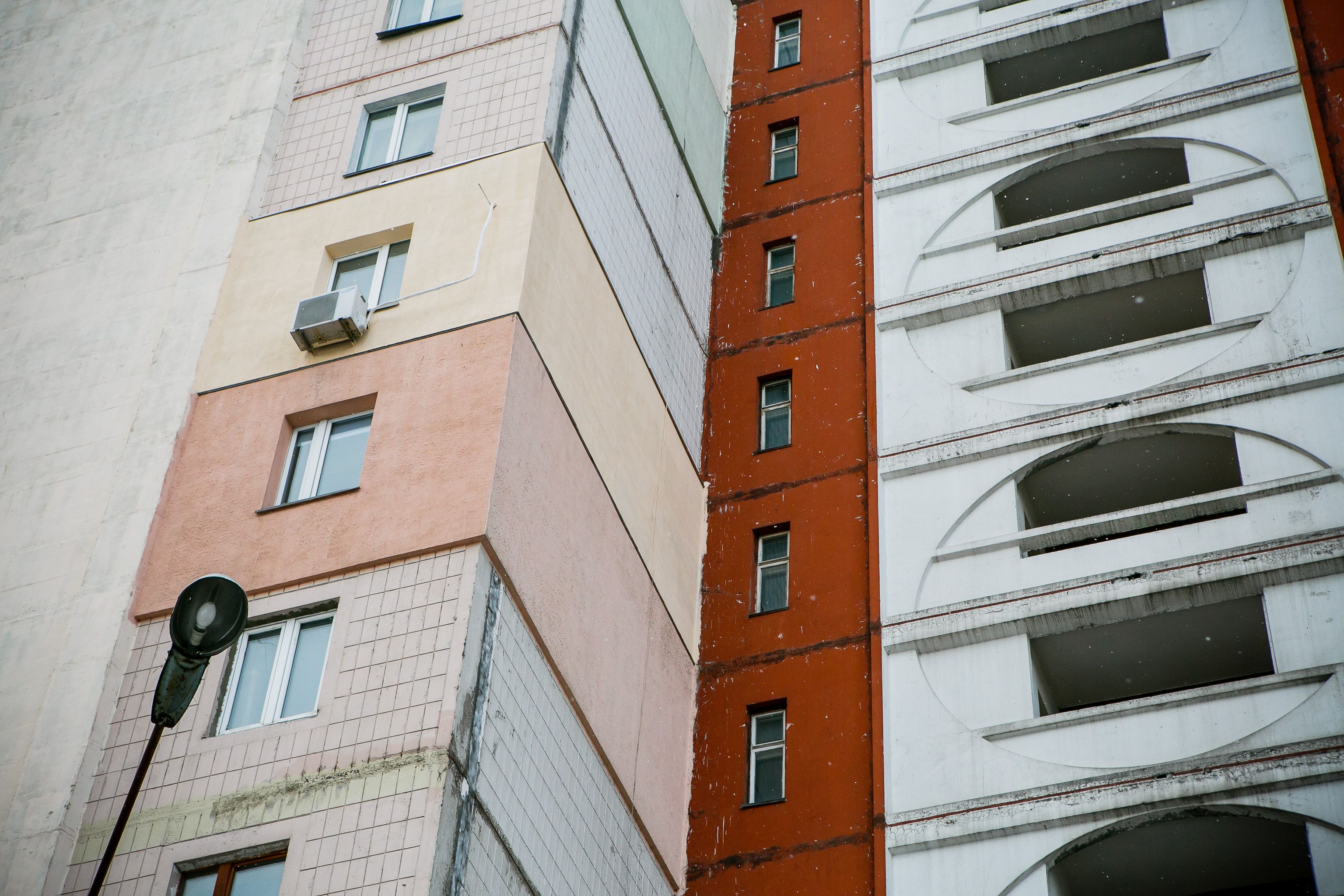
Patchwork insulation. Photo: Danil Pavlov
The owners of the apartment, which is thus insulated may be more comfortable – the room is really “warmer”. However, the result of comfort – cracks on the walls and the slow destruction of the house. The same applies to the insulation of only one wall of the house.
Battery stand on the balcony. The Ukrainians, who insulated the walls of the balcony and extend through his apartment, violate the energy balance of the house. As a result, adjacent the riser flats can be cold. To remedy the situation will have to install balancing valves on the pipes in the basement. Even if the radiators are not migrated to the balcony, the heated area increases, and for the “extra” squares will be paying tenants of the house.
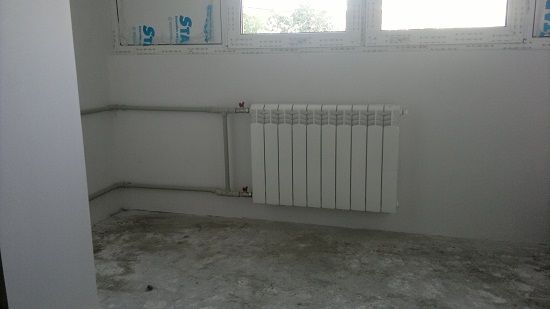
To carry batteries to the balcony impossible. Photo: santehpro.kiev.ua
Insulation without energy audit. Even if you insulate the whole house on the perimeter, but it does not calculate the required thickness of the insulation, to ignore the “dew point”, the work will have to be redone. For example, a 20-storey building on street position, 23 in Kiev covered with insulation 50 mm thick (with only one insulated wall). To meet the standard, the thickness must be more than 100 mm (more precisely, should count the energy auditor). Residents are planning to conduct a comprehensive modernization, and the “wrong” insulation in this case would have to pluck. In fact, the money spent on it wasted.




